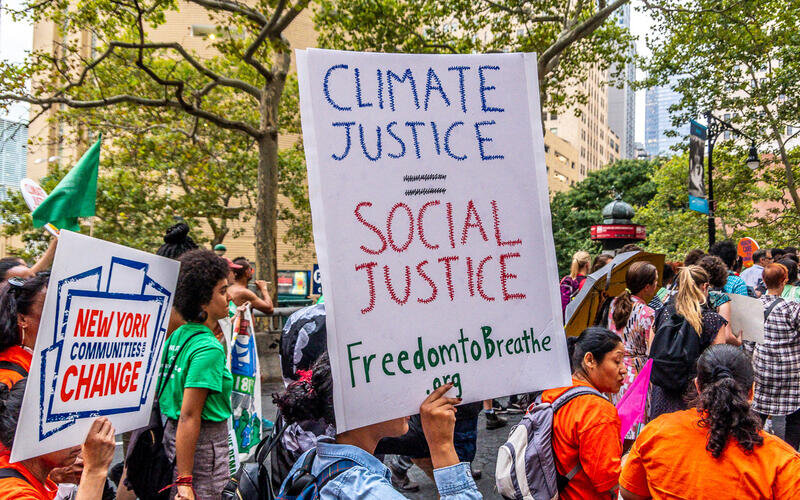What’s it about?
The “Climate Justice” blog category covers racial equity and social justice, and how people are disproportionately affected by global climate change.
As stated on the NAACP website: “Environmental injustice, including the proliferation of climate change, systematically impacts communities of color and low-income communities in the U.S. and around the world.”
Environmental and climate injustice is a form of racism, closely tied with unjust and racist decision making processes by individuals, corporations, and governmental agencies. Many people are working for climate justice on a global scale, actively pressuring goverments to adopt laws that prevent inequities — in relation to projects that pollute and otherwise degrade the environment. They are also working to show corporations and other businesses that inequities in this form are dangerous to people’s lives, and will not be tolerated.
For many climate injustice is a threat to their homes, quality of life, health, and their survival. Climate justice of often best decribed through examples:
(1) A Black family in Louisiana is living in an area historically subject to “zoning laws” that forced African American people into low-lying, flood prone land. They lose their home during a hurricane fueled by changing ocean tempertures. Emergency services then fail to properly serve their neighborhood due to limited instructure and the priortization of services to predominately white and higher income neighborhoods.
(2) A Latinx family is unable to feed themselves. For generations they have grown their own food on their land, however due to changing climates the availability of water to irrigate their farm has gone away. They try to get help but their voices are not heard because local officials favor white farmers, or listen more closely to those with higher economic status.
(3) An Indiginous family lives close to the shore, an area their tribe was forced to live in through “agreements” made with the federal government decades ago. Recently their home has been been destroyed by rising sea levels, and they must move away. They end up staying with family who already have a full house, and the quality of life for everyone involved is degraded.
These things are already happening, and yet climate change is only getting worse which means more and more climate inequities. Climate justice will happen when people come together and look after the needs of all communities equally, regardless of skin color, religion, or economic status. It happens when climate change is addressed through massive reductions in greenhouse gas (GHG) emissions, practices that remove GHG from our atmosphere, and strong laws that protect people and the environment.
How does it relate to Our Future?
Our Future teams across Oregon will have the opportunity to develop “Equitable Climate Action Plans” (ECAP). These plans will focus on reducing GHG emissions related to their school, and sources in their communities. The plans will focus on priority projects, and each team will collaborate on the planning and implementation efforts.
Each school’s Our Future ECAP will include an “Equity Statement” which will work as a tool to align team decisions with the needs of BIPOC community members, and low-income individuals and families. An important part of this process will be to speak with people from these frontline communities, and listen to their needs on how to best align projects with desired outcomes.
"*" indicates required fields

